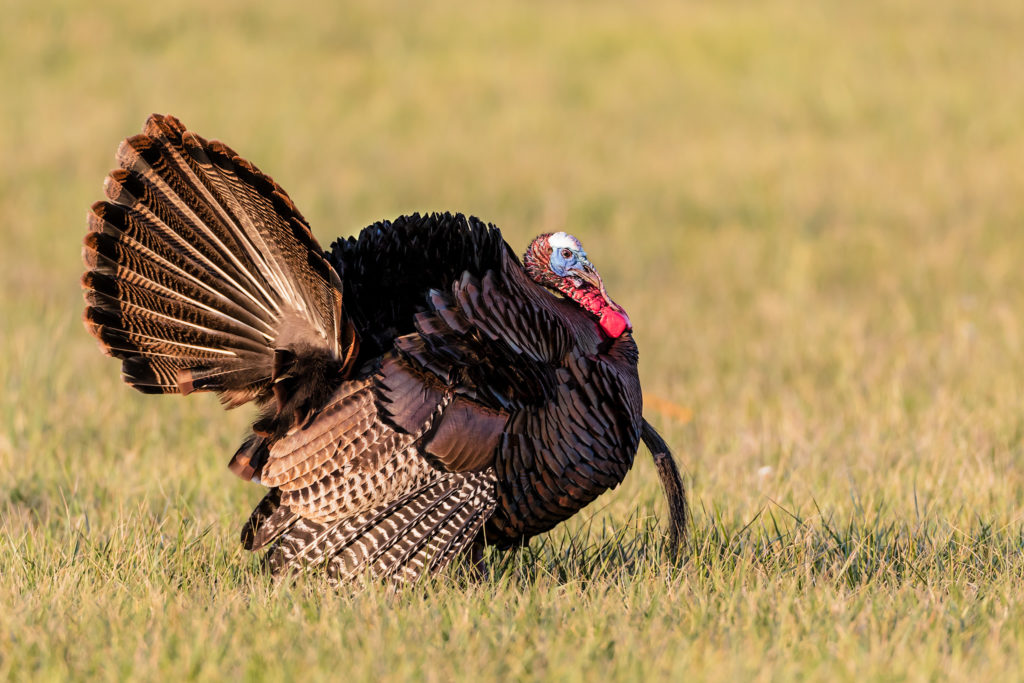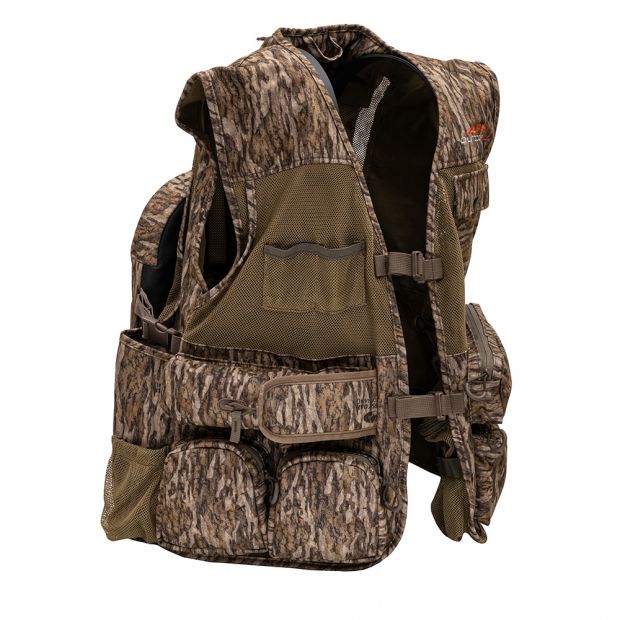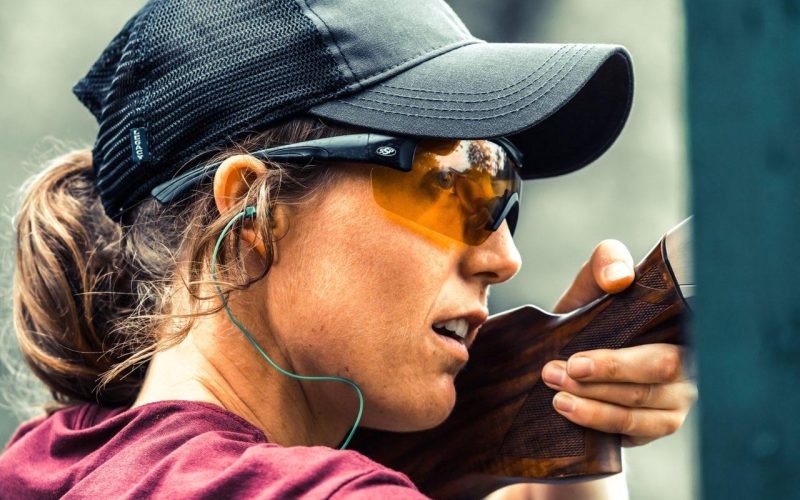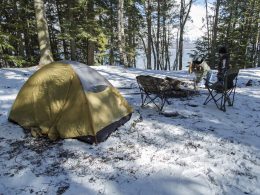As the days start to get longer and the weather begins to warm up, many of us start to think about getting out into the great outdoors for turkey hunting. But if you want to have a successful hunt, it’s essential to start planning in the winter months.
In this article, I will guide you through everything you need to plan and execute a successful spring turkey hunt. We’ll cover everything from choosing the right location to you having the patience and perseverance to harvest a turkey successfully. So read on and start planning your perfect hunt today! Be on the lookout for upcoming articles where I will discuss what you need to bag and tag that big bearded Tom with a gun or bow.
Table of Contents
Pre-Season Land Management For Spring Turkey Hunting
It is essential to do some pre-season land management to provide a successful spring turkey hunting season. In doing so, you are creating or improving habitat conditions on your land.
One way to create or improve habitat conditions is by planting food plots. Food plots can attract turkeys and other wildlife to your property. As a rule of thumb, you need a food plot for every 25 acres of wooded area on your property.
One of the best ways to attract turkeys to your property is by planting suitable vegetation. Turkeys prefer thinner vegetation for foraging and strutting, so planting crops like rye, millet, oats, wheat, soybeans, and sorghum can be a great way to bring them in. Chufa, a plant that forms small underground tubers, is also a favorite of wild turkeys – making it a perfect choice for winter planting.

What crops will do well in your area? Check with your local Cooperative Extension office for guidance on what to plant. Once you’ve got your turkey-friendly plants in the ground, sit back and wait for the gobblers to come to you!
Manage your land by mowing and removing old growth; remember to cut away underbrush, as hens like to use the forest floor for nesting. Another way to create or improve habitat conditions is by conducting a controlled burn. It will help to rejuvenate the vegetation and make it more attractive to turkeys. Be sure to have water. Look for springs, creeks, and small pounds. Water provides a way for the birds to drink and bring in insects for food, along with fresh green vegetation in the warmer months. While preparing your land, look for natural shooting lanes or set up shooting lanes for an excellent shot.
Gear Up For Spring Turkey Hunting Success
As spring turkey hunting season approaches, ensuring you have the proper gear to succeed is vital. You will need camo clothing, blinds, and decoys for turkey hunting.
Clothing
The turkeys can see you from a mile away. The wild turkey has a field of vision of around 270 degrees, and with the slightest turn of the head, it can see about 360 degrees around itself. A base layer of light, breathable camo fabric will wick away sweat and keep you cool. A mid-layer of insulation will help keep you warm in cooler temperatures. A waterproof outer layer will protect you from the elements.

As for specific clothing items, a hunting vest or jacket with plenty of pockets is essential for carrying all your gear. Finally, always make sure to wear proper footwear. Hunting boots that are waterproof and insulated will keep your feet dry and warm in wet and cold conditions.
Ground Blind
A Ground Blind is one of the best tools a turkey hunter can have in their arsenal. Not only do they offer total concealment, but they also forgive human movement and noise. Blinds are essential in the spring when turkeys are notoriously challenging to hunt. There are a few key advantages that a ground blind offers during the spring turkey hunting season:
- They level the playing field against the turkey’s keen eyesight and hearing.
- They protect you from the elements, allowing extended hunting periods.
- Ground blinds can create a decoy setup that is virtually impossible for a turkey to resist.
- A ground blind can distinguish success and failure during spring turkey hunting season.
Spring Turkey Hunting Decoy
Turkey Decoys for Spring Turkey Hunting is a must. Turkey hunters must adapt their decoy setups to match the increased activity and focus on mating. Below are some of the best spring turkey hunting decoys and how to use them for maximum effect.
Turkey hens are often the key to successful early-season hunts, as their calls can lure in approaching gobblers. With close-calling techniques, hen decoys should be used to create a realistic scenario that attracts curious gobblers.

Another effective decoy setup is the lone Jake. The decoy Jake simulates a young, inferior male attempting to breed hen turkeys, which can trigger a gobbler’s aggression and curiosity. The lone Jake should be placed away from hunters in an open area visible to approaching turkeys.
Spring Turkey Hunting Calls
Turkey hunting calls can be divided into two main categories: locator calls and social calls. Locator calls are used to help you locate a turkey, while social calls are used to imitate the sounds turkeys make when they interact with each other. The best call to use will depend on the situation you find yourself in.
Hen Yelp
The most common call used by turkey hunters is the hen yelp. This is because it is a compelling locator call that can mimic the sounds of a hen turkey, which is what gobblers look for during spring mating. When using this call, it is essential to remember that hen yelps are usually higher pitched and faster in the spring.
Gobbler Shock Gobble
Another compelling call for locating a turkey is the gobble. Gobblers will make this noise when startled by a loud noise, such as another turkey calling or a hunter walking through the woods. When using this call, you must be aware of your surroundings and be prepared to move quickly if you hear a gobble in response.
Pleasant Purr
The pleasant purr is a social call that turkeys use when they are content and relaxed. This call is used to soothe an agitated turkey or to let other turkeys know you are not a threat. Pleasant purrs should be soft and low in pitch.
Conclusion
Patience and persistence are key to spring turkey hunting. Bagging a turkey requires both these qualities and knowledge of the animal’s habits and behavior. Turkey hunting is often challenging, as the animals are notoriously wary and difficult to approach. This is especially true in the spring when turkeys are actively breeding and territorial. Successful spring turkey hunters must be willing to put in the time and effort required to locate and pattern their quarry.
Once a gobbler has been located, it can often take days or weeks of careful stalking and calling to get within range for a shot. Determination is essential for turkey hunting.
Don’t miss out on Spring Turkey Season! Get the gear you need to make the most of your hunting experience. Shop online for clothing, blinds, decoys, and calls, so you’re ready for success.









